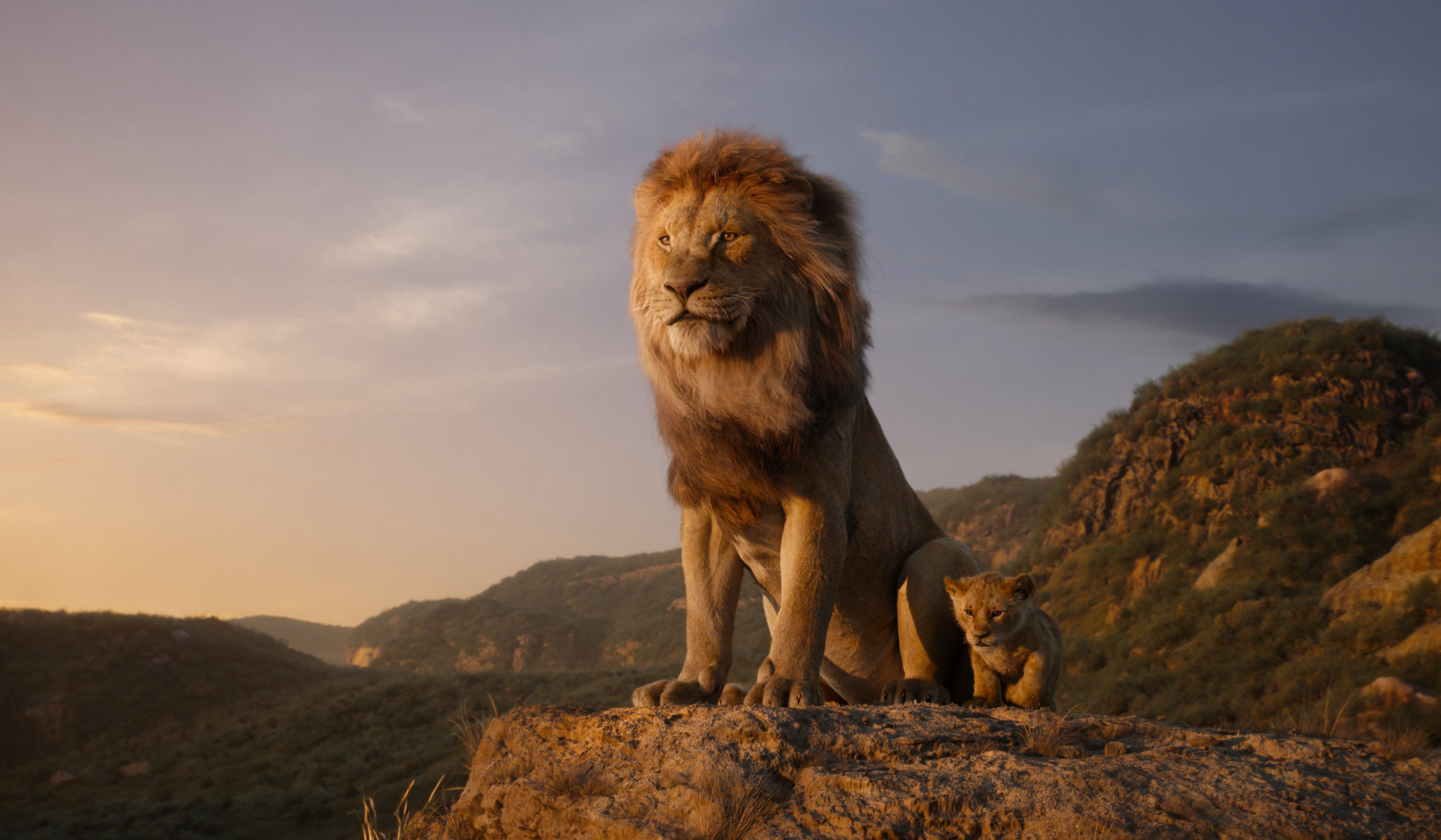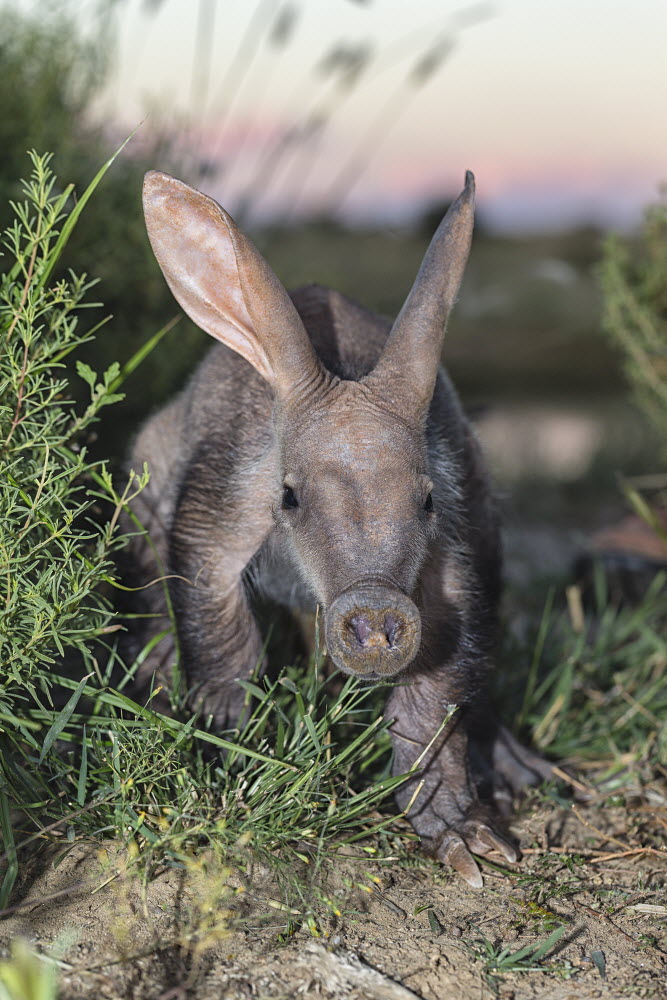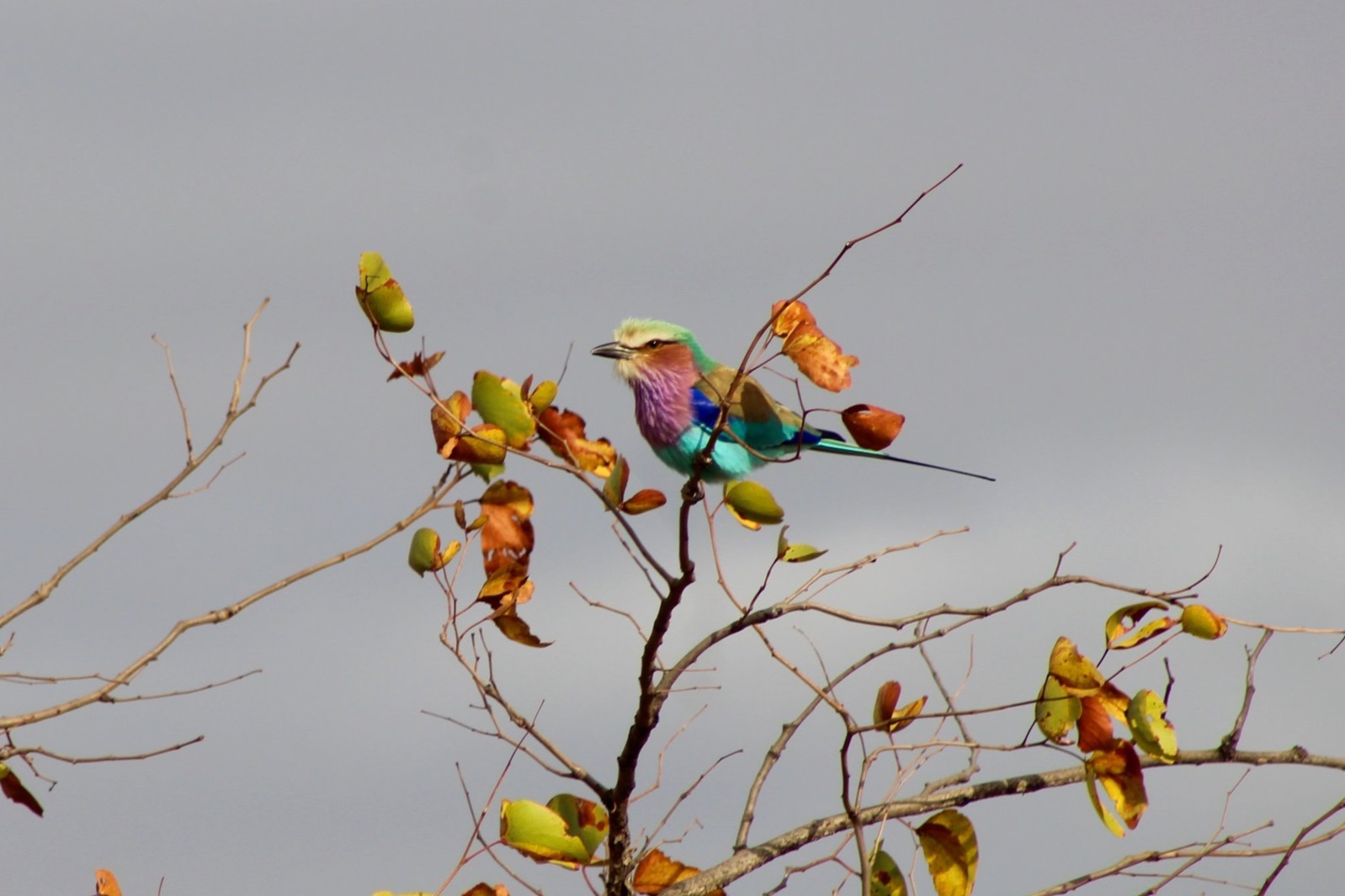THE LION KING FOR WILDLIFE LOVERS
Mufasa and his cub, Simba, in the new “The Lion King.” Credit: Disney
Wild Tomorrow Fund’s New York team, together with conservation friends, headed out of the office last week to catch Disney’s The Lion King.
A pair of critically endangered black rhinoceros, Kenya. Photo credit: Peter Mugno.
The 2019 re-make, which stays faithful to the original 1994 classic, transports the audience to a photorealistic African savannah. Disney’s team of CGI wizards were able to perfect every detail from the way animals walk, crouch and climb, to the scenery which felt both familiar and hyper-real. Wired magazine’s review called the film a “technical milestone”, writing that, “While no one was looking, VR birthed a new genre of film. It’s breathtakingly immersive yet intrinsically real.”
As wildlife lovers watching the film, the animals, sunsets, shadows of baobab trees in the night sky, the stampede of wildebeest in a narrow dusty gorge, and the terrifying intensity of a bush fire, felt impressively familiar - with an added extra dose of Disney drama, suspense, romance and music.
A black and rufous Sengi. Photo Credit: Brian Gatwick/WildScreen Exchange.
All of the familiar species were faithfully rendered: dazzles of zebra, towers of giraffe, herds of elephants, and pink flamingos at the waterhole where Simba sings “Just Can’t Wait To Be King”. We were particularly excited to see species that we recognize from our region:
A male nyala at Tembe Elephant Park, South Africa. Photo: Wendy Hapgood
Black rhinoceros (Diceros bicornis). Our neighbor and partner, the Munyawana Conservancy, is home to critically endangered black rhinos, while supporting their range expansion. Read more about their success here.
The Black and Rufous Sengi (Rhynchocyon petersi) is native to East Africa however our conservancy in South Africa, Ukuwela, is home to an endangered species of elephant shrew, called the Four-toed Sengi (Petrodromus tetradactlyus).
A Bushbaby, or galagos (galagidae). This is one of the smallest primates on the African continent. Our Ukuwela conservancy is home to the Greater Bushbaby (Otolemur crassicaudatus crassicaudatus).
The Nyala (Tragelaphus angasii), is a species of antelope native to southern Africa. You can’t miss the males with their large spiral horns, white stripes and spots. Our Ukuwela Conservancy is home to approximately 100 nyala, with new births every year.
A spotted hyena mother and her cub outside her den. Photograph by Axel Hunnicutt.
Close-up of an Aardvark. Photo credit: Martin Harvey/WildScreen Exchange.
Spotted hyena (Crocuta crocuta) are the unfortunate villains of the story which perpetuates their negative image. The truth about hyenas is that they are incredibly successful hunters, highly intelligent, and social. They are in fact the most abundant apex predator on the African continent. However, they are in decline in our region and are in need of the same protection as lions. The IUCN's hyena specialist group identifies the spotted hyena's negative reputation as detrimental to the species' continued survival, both in captivity and the wild. Our ecologist, Axel Hunnicutt is monitoring hyenas regionally in order to understand the reasons for their decline, leading the Mun-Ya-Wana Conservancy Spotted Hyena Project.
Aardvark (Orycteropus afer) are very hard to spot while on safari due to their nocturnal natures. There are several up-close scenes in the film that show the aardvark with its distinctive big ears and long snout for digging.
Bird lovers can also test their ID skills as they “bird” their way through the film; from marabou storks (Leptoptilos crumenifer) and grey crowned cranes (Balearica regulorum) to lilac-breasted rollers (Coracias caudatus) and of course, Zazu, everyone’s favorite red-billed hornbill (Tockus erythrorhynchus) .❤
The film is indeed a fantasy, for the wild world sadly isn’t as wild as it once was. Since the release of the Lion King 25 years ago, lion populations have decreased by half. Today, less then 20,000 wild lions roam the African savannah and their population continues to decline. They are listed as vulnerable to extinction by the International Union for the Conservation of Nature (IUCN). Lions are already extinct, or possibly extinct, in 29 African countries.
A Lilac Breasted Roller. Photo by Tori Gray.
Wildlife reserves in Africa are desperately underfunded, with 90 percent of nearly 300 protected areas on the continent facing funding shortfalls. Together, the deficits total at least a billion dollars. For all viewers who love The Lion King and all the wonderful animals depicted, we hope it is a reminder of a deeper desire to protect these landscapes and all animals that call it home. “Everything you see exists together in a delicate balance” said Mufasa the King before his death, “As King, you need to understand that balance and respect all creatures”.
Disney, with the release of the Lion King, has teamed up with the Lion Recovery Fund, to help support lion conservation. Building on Disney’s previous $75M investment in global conservation efforts since 1995, this combined effort around The Lion King will be the biggest single-species wildlife conservation initiative in Disney’s history.
All in all, the Wild Tomorrow Fund New York team loved The Lion King as it transported us to the incredible sights and sounds of the African bush, and the animals and habitats that we work hard to protect every day. If watching this lifelike version of The Lion King inspires you to get involved in protecting the animals you loved in the film, please consider a donation to one of our various wildlife conservation projects such as lion protection (Simba!!), elephant protection, rhino protection or to our most needed projects!







